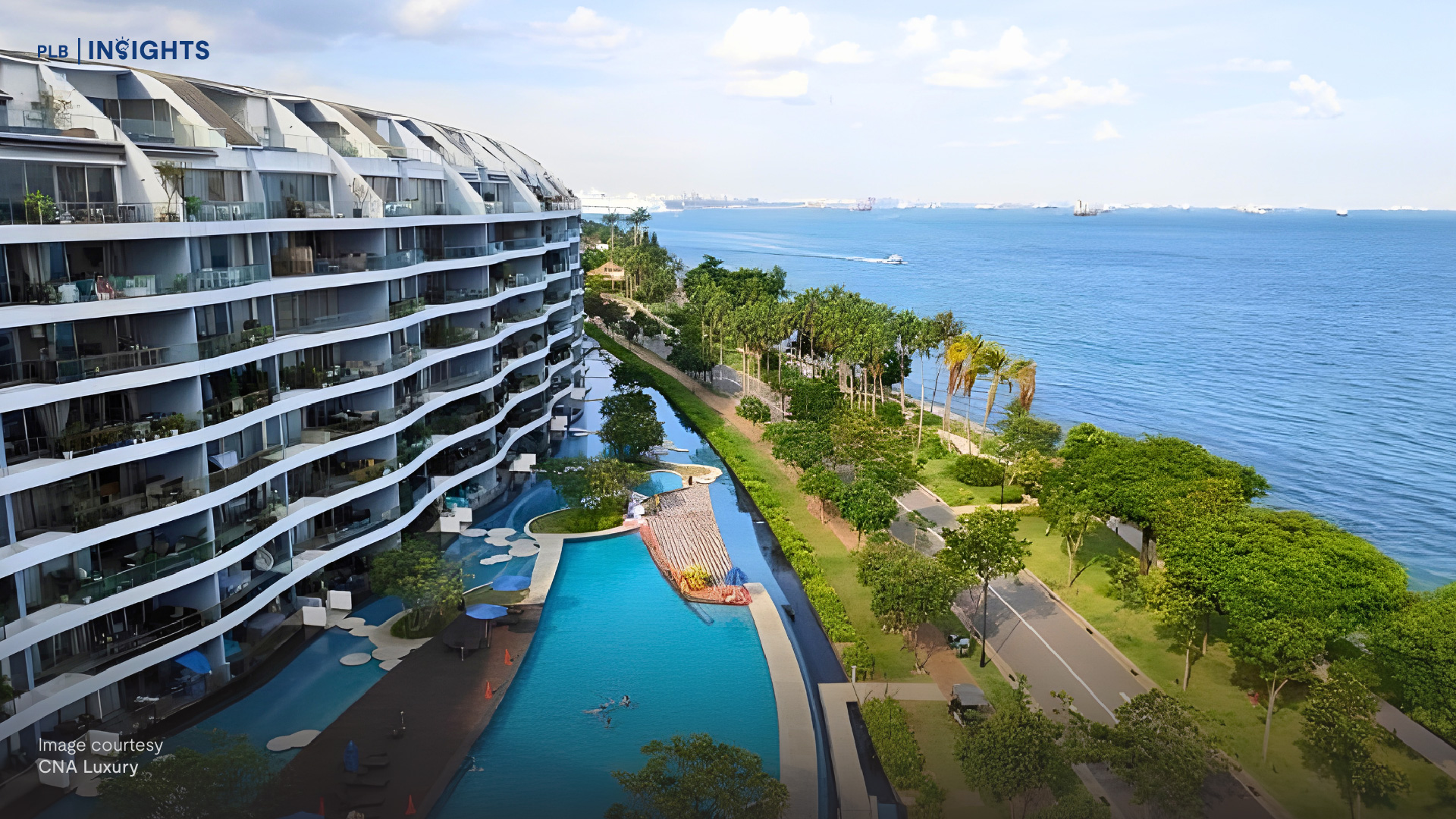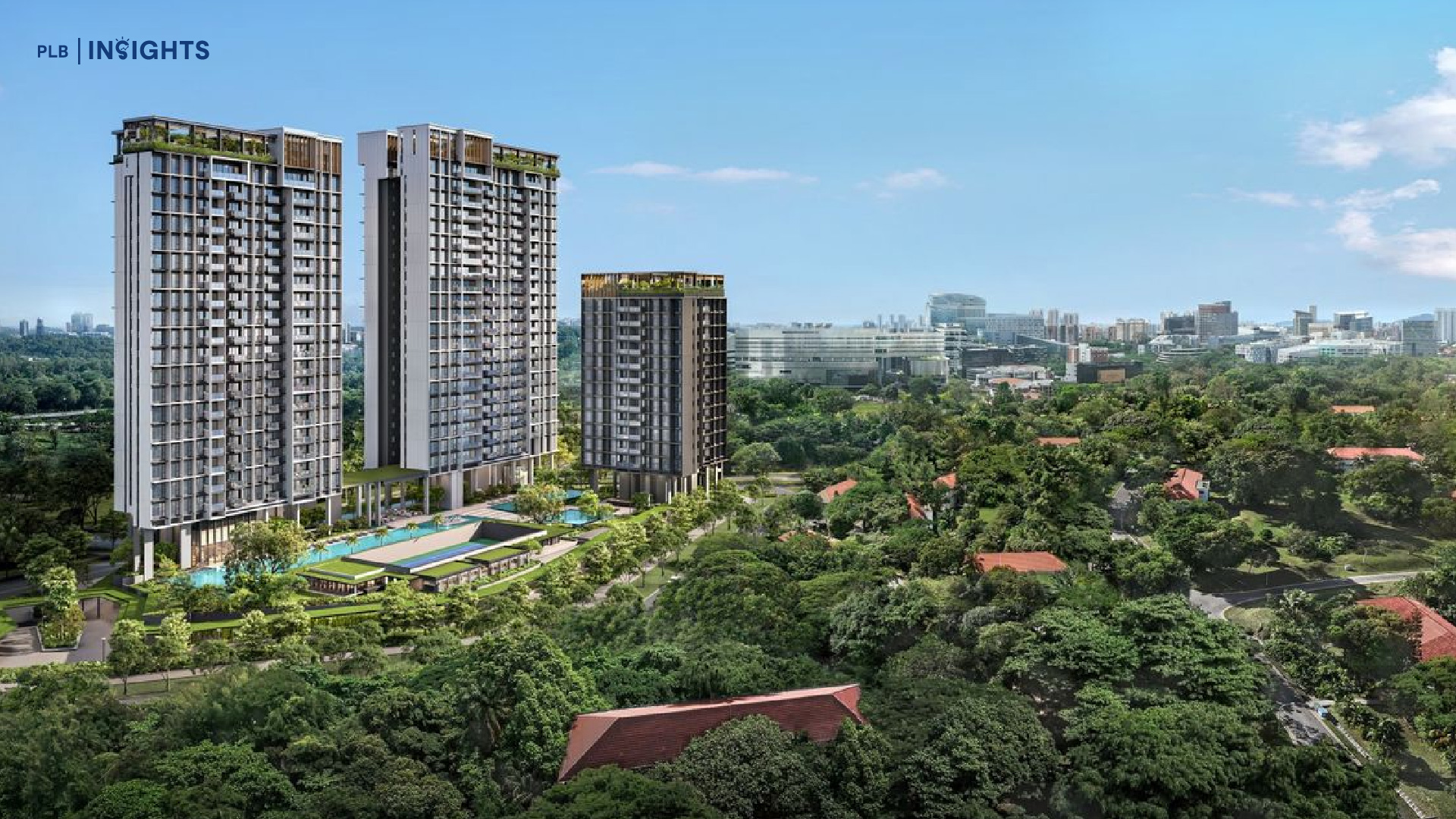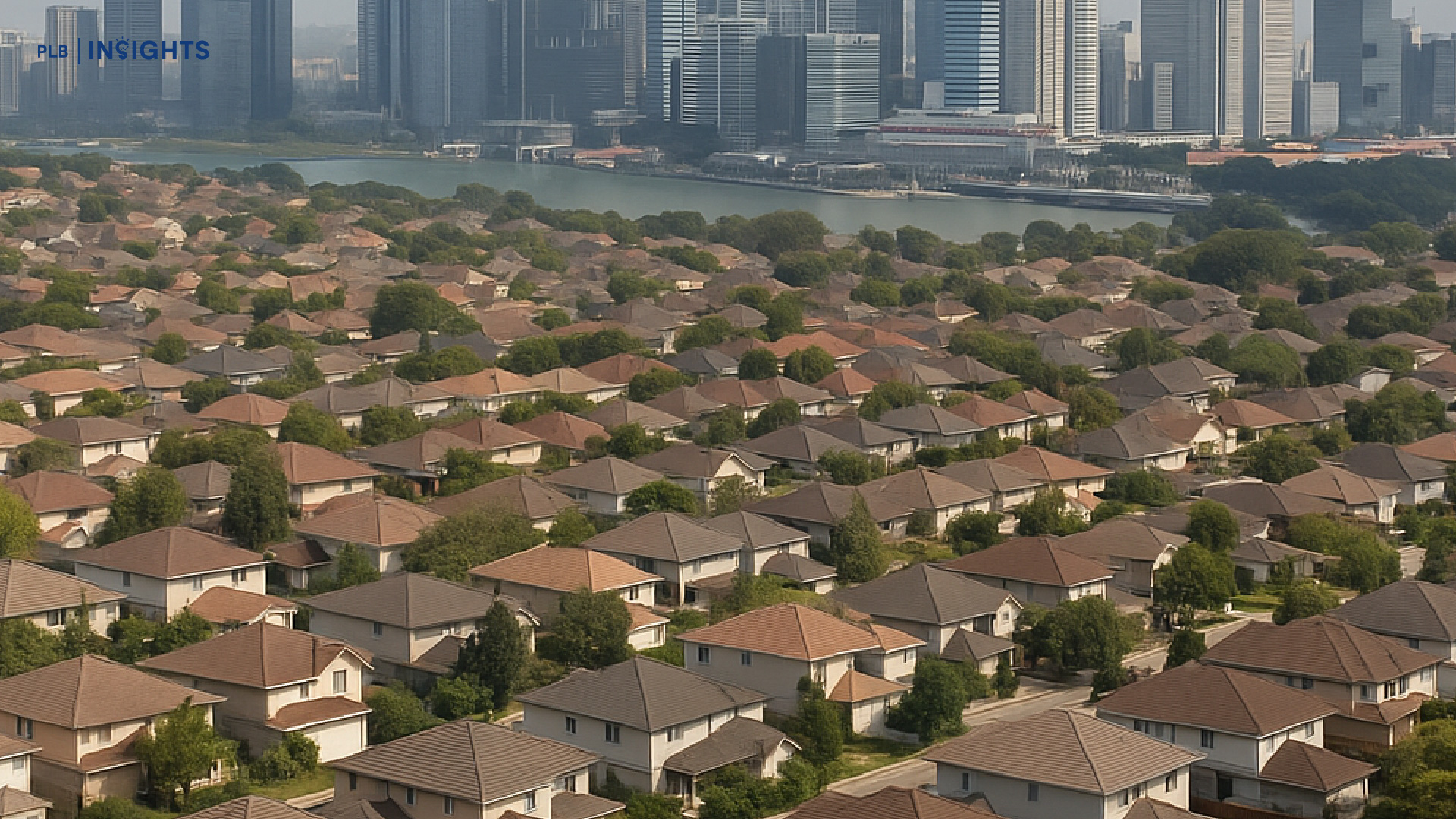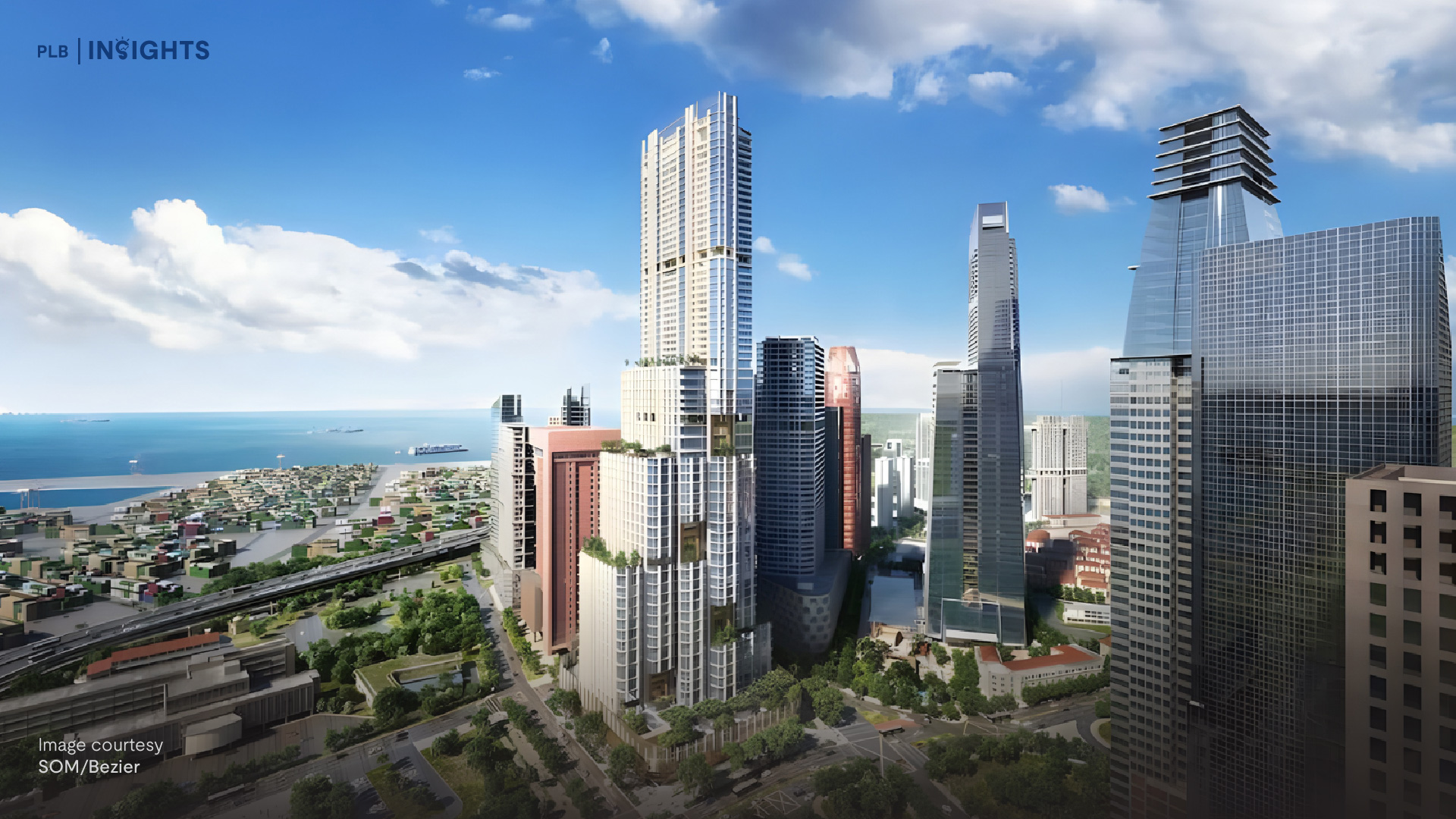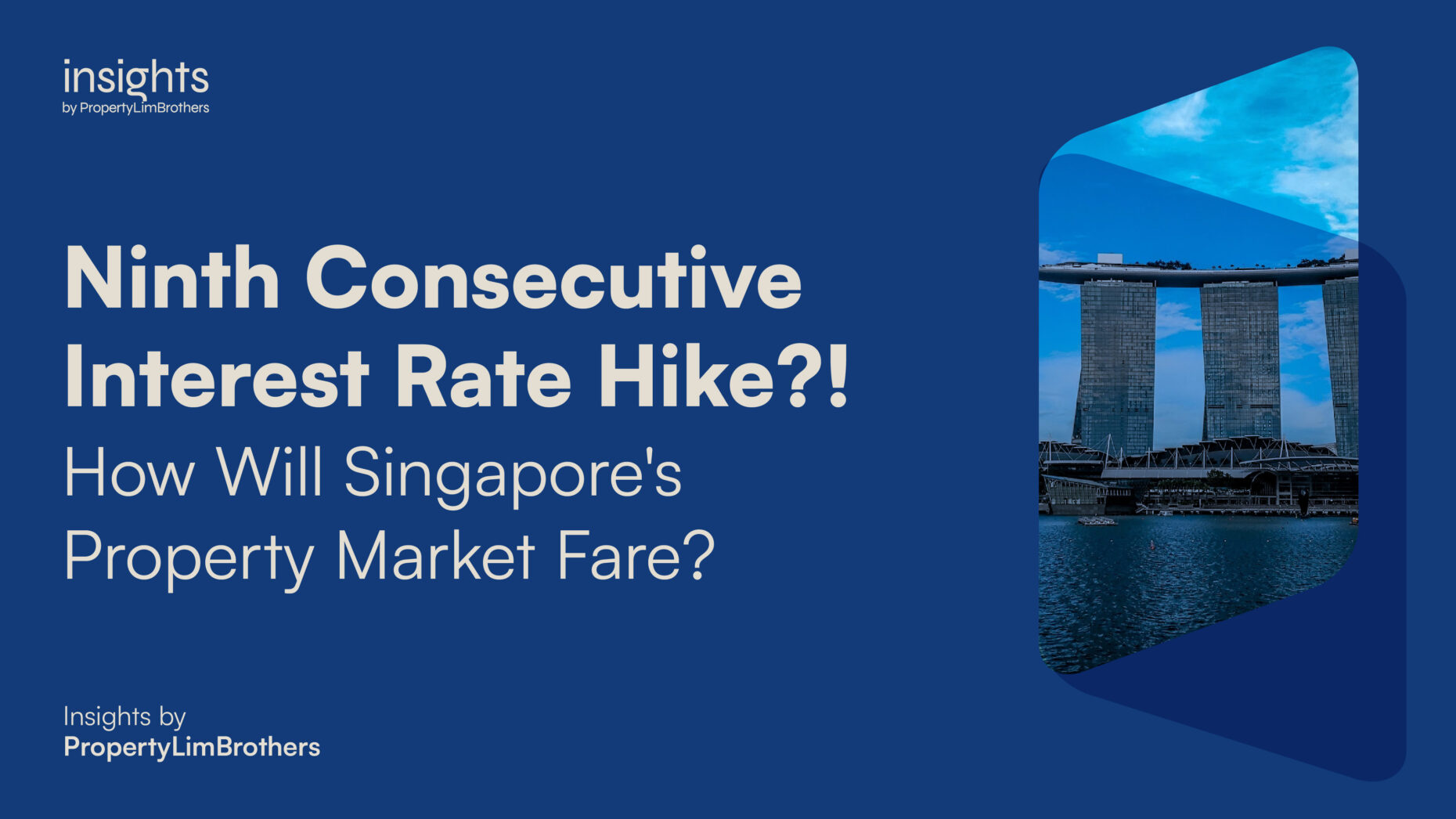
The US Fed has raised interest rates for the ninth consecutive time since March 2022. While the most recent hike of 0.2h5% is not as intense as the earlier 0.75% hikes, it still pushes the market deeper into bearish sentiment in general. Fears of a banking system collapse with the recent failure of SVB, Signature Bank, and Credit Suisse has not helped with the situation.
While regulators across the world have stepped in to remedy the situation with emergency discount window lending or advising on bank mergers, Singapore’s MAS reassures that our banking system is sound and resilient. Large shifts and changes are happening in the global financial markets. The continued monetary tightening despite woes in the West’s financial system will continue to put more pressure on it.
In this opinion piece, we will discuss the implications of this monetary tightening issue and whether Singapore’s property market can take the heat of repeated interest rate hikes. Read on for the latest developments in Interest Rates (how that may affect you), the Terminal Rate (end point of rate hikes), and the history of Singapore’s property markets relative to these macroeconomic changes.
Interest Rate Situation Now – 4.75% to 5%
The current Fed funds rate is sitting at 4.75% to 5% with the latest round of rate hikes. While the pace has slowed down from before, increments at this point in time will probably be where existing borrowers start to feel the pinch.
People who intend to borrow money for big purchases, such as homes, cars, or even tertiary education may also be put off by the current state of the economy and interest rates. This was why the Fed has decided to raise interest rates in the first place, to curb the demand for goods and services to bring inflation down.
It will probably take a much longer time for us to see the effects of higher interest rates on the global economy and the inflation situation in the US (and in Singapore) as it is a much slower acting policy tool. With price stability as the Fed’s aim, more market observers might start to give the Fed more credibility in sticking to its plan as we see it increase the interest rates as planned despite the financial woes for smaller regional banks in the US.
In the context of Singapore, we can see many different forms of debt getting more expensive for the borrower. Credit card loans, car loans, student loans, home loans will all be affected by this interest rate hike. If you have big loans, it may be a good time to see if your interest rates are fixed or floating and when the lock-in period ends.
As of the time of writing (23 March 2023), we took a look at POSB’s home loans to see where interest rates are sitting at for potential home buyers. Do note that it is very likely that the recent rate hike of 0.25% is not priced in yet, and what we see here may be revised upwards in the coming days or weeks.
Currently, the 2-year floating rate package is sitting at 4.22% (3M SORA + 1%) and the 2-year fixed rate package is sitting at 4%. While this might vary slightly between banks, the recent interest rate hikes might bring mortgage rates up to around 4.25% to 4.5% for Singapore. This past 1 year of steep hikes has brought the interest rate up really quickly.
As a simple illustration of the impact of this 25 basis point hike in interest rates, we take a $1,000,000 loan from the bank with a loan tenure of 30 years and an interest rate of 4% and 4.25% and find the difference in the monthly mortgage payments. At 4% interest rate, the monthly payment is $4774.15 and at the 4.25% interest rate, the monthly payment is $4,919.40. The difference in the monthly repayments is $145.25. This increment will be higher for larger quantum loans.
One More Projected Rate Hike for 2023 – Terminal Rate Range of 5% to 5.25%
The US Fed is projecting one final interest rate hike in 2023 nearer to the end of the year. We speculate that this might coincide with the September or December FOMC meeting which coincides with the Summary of Economic Projections from the Fed. Do note that this is just a projection and there may be more rate hikes on the way depending on how sticky the inflation rate is in the US.
According to the Dot Plot from the recent FOMC meeting in March 2023, 10 of 18 members (56%) of the FOMC projected that 2023 will have a terminal rate of 5% to 5.25%. However, 7 out of 18 members (39%) projected a 2023 terminal rate of around 5.25% to 6%. This is a difference of between 25 to 75 basis points, which is equivalent to 1 to 3 more rate hikes than currently planned.
Given this dissenting minority, it is not impossible that the Fed continues to raise interest rates into a recession due to their die-hard hawkish approach to achieve 2% inflation. Whether such a hawkish scenario was to play out, we would need to pay close attention to what the Fed themselves are watching: Consumer Price Index (CPI) and Supercore Inflation.
The Underlying Driver of Interest Rates – CPI & Supercore Inflation
According to the US Bureau of Labor Statistics, the Consumer Price Index (CPI) is a measure of the average change overtime in the prices paid by urban consumers for a market basket of consumer goods and services. This is a generic measure of inflation of goods and services in the economy.
On the other hand, Supercore inflation is a very specific measure of inflation that attempts to track the price of core services that are affected by the rise in wages. Supercore inflation is calculated by removing Core Goods and Housing from the Personal Consumption Expenditures (PCE) Index. Essentially this measures the inflation in Core Services minus Housing. Day-to-day living expenses without housing include things such as meals and beverages you have outside, recreational activities, transportation, personal care expenses, etc.
The CPI for March 2023 had a 6% year-on-year (y-o-y) increase, while Supercore Inflation for March 2023 was sitting at a 4% y-o-y increase. The CPI is 3 times higher than the Fed’s target rate of 2% inflation, while the Supercore inflation is sitting at 2 times higher than the Fed’s target inflation rate.
In the chart above, we have a December 2022 reading of 4.1% (3 month annualised) as compared to a 4% (y-o-y) reading of Supercore inflation. While not the most accurate comparison, the case for sticky inflation is still floating around in the market. The disinflationary process has indeed started, but interest rates will still continue to rise until inflation hits a satisfactory level.
Waves Hitting the Singapore Property Market?
Relating all these macroeconomic developments to Singapore’s property market, we are interested in finding out how this might come to impact the different segments of the property market. Here, we will discuss the potential implications of the interest rate hikes.
According to intuition, one might come to think of interest rate cuts as a positive thing for the property market. If interest rates are lower, it would mean that monthly repayments for the housing purchase would be lower. This means relatively more affordable housing and thus stimulating the demand for housing. Most people would commonly interpret interest rate cuts as bullish news for the property market. We highlight these periods of interest rate cuts in green.
On the other hand, most home owners and potential buyers would see interest rate hikes as bad news. Your monthly mortgage payments will increase if you already have a home. And if you plan to buy a home, you can now afford less because of the higher interest rates. This is usually interpreted as a bearish piece of news for the property market. We highlight these periods of interest rate hikes in red.
However, how these ideas work out in theory might not be how it plays out in reality. The market brings with it many moving parts at the same time. Interest rates move in response to inflation, which interacts with the employment market and how the economy is doing as a whole. The complex mechanisms moving simultaneously also mean that just because interest rates move in one direction, does not mean that prices in the property market will immediately change.
In the chart above, we plot the different property indices of Singapore representing the Landed, Private Non-Landed, and Resale HDB segments of our property market. The red highlighted periods are when interest rates are going through a hiking cycle and the green highlighted periods are when interest rates are going through a cutting cycle.
Contrary to conventional intuition, as interest rates are rising so are property prices. And as interest rates are being cut, we see some minor corrections in price. This is generally the trend we see in reality. As mentioned earlier, economic health does come hand in hand with interest rate changes as it involves changes in the monetary supply of the economy as well as the existing monetary supply at that moment in time.
This affects the demand and supply mechanisms in different segments of Singapore’s property market in a complex manner. To interpret these nuanced changes that come from larger macro shifts, it is necessary to take both the time and effort to carefully examine the responses from the real estate market over an extended period of time.
Depending on the plans or objectives of each individual buyer and seller in Singapore, this is a time to be cautious in the decision making process. With elevated price levels compared to the pre-covid days, it becomes more crucial for homebuyers to have the right analysis and purchase a suitable home for their own needs. If you wish to find out more about how these interest rate changes would affect your plans, reach out to us here.








